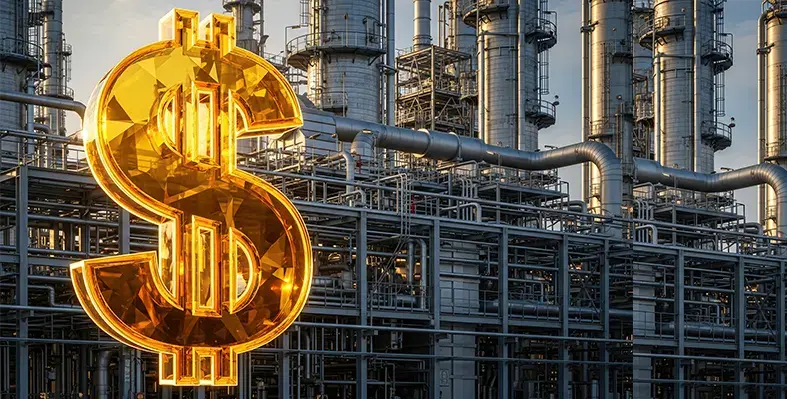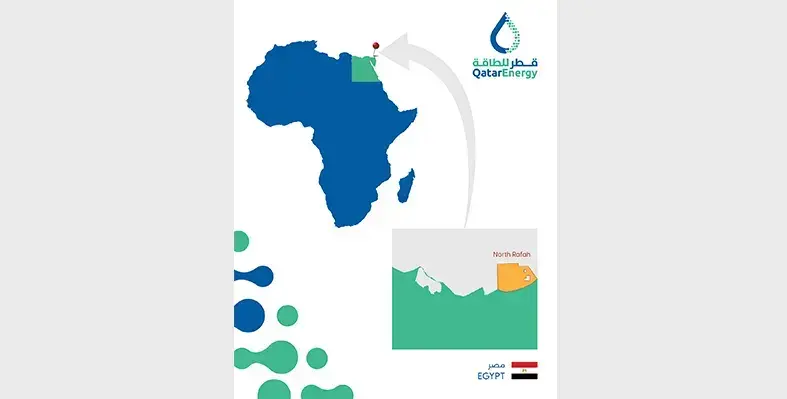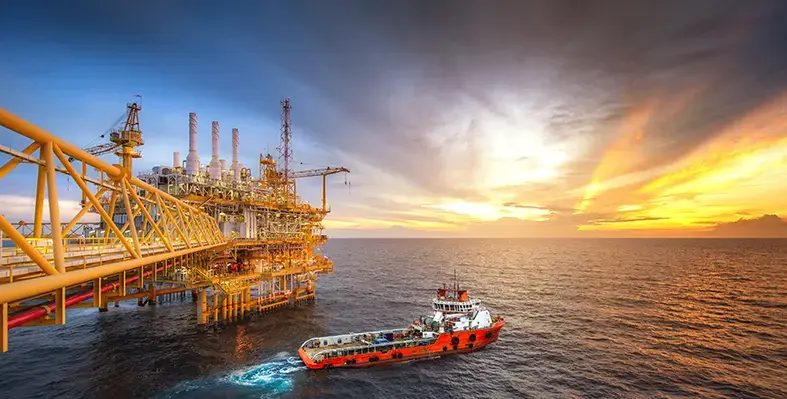Capricorn has received US$50m from the Egyptian General Petroleum Corporation (EGPC)
Since 30 June 2025, the company has received a total of US$102m, and its accounts receivable is approximately US$115m (H1’25 - US$182m) (excluding expected credit loss adjustments).
The company expects to receive further material payments against arrears before year end.
Capricorn continues to invest in its Egyptian asset base and has fulfilled all exploration commitments on its legacy acreage. At South East Horus, Capricorn, with its joint venture partner Cheiron (the Joint Venture), has elected to continue into Phase 2 following test results. The Joint Venture will also be pursuing an application for a new development lease on the North Um Baraka (NUMB) concession due to encouraging test results from an exploration well drilled earlier this year. Additionally, the NUMB concession will be included in the modernised concession agreement allowing for continued exploration. On the West El Fayoum concession, commitments have been fulfilled, and the results are such that the Joint Venture will relinquish the block.
Customary ratification of the modernised concession agreement is now expected to take place in Q1 2026 due to limited time for additional business in the current session of Parliament. The modernised concession agreement will have an operational start date of 01 July 2025.
Capricorn remains on track to deliver above the mid-point of FY25 production guidance of 17,000-21,000 boepd with year-to-date production averaging 19,924 boepd to mid-October, of which 41% are liquids.








